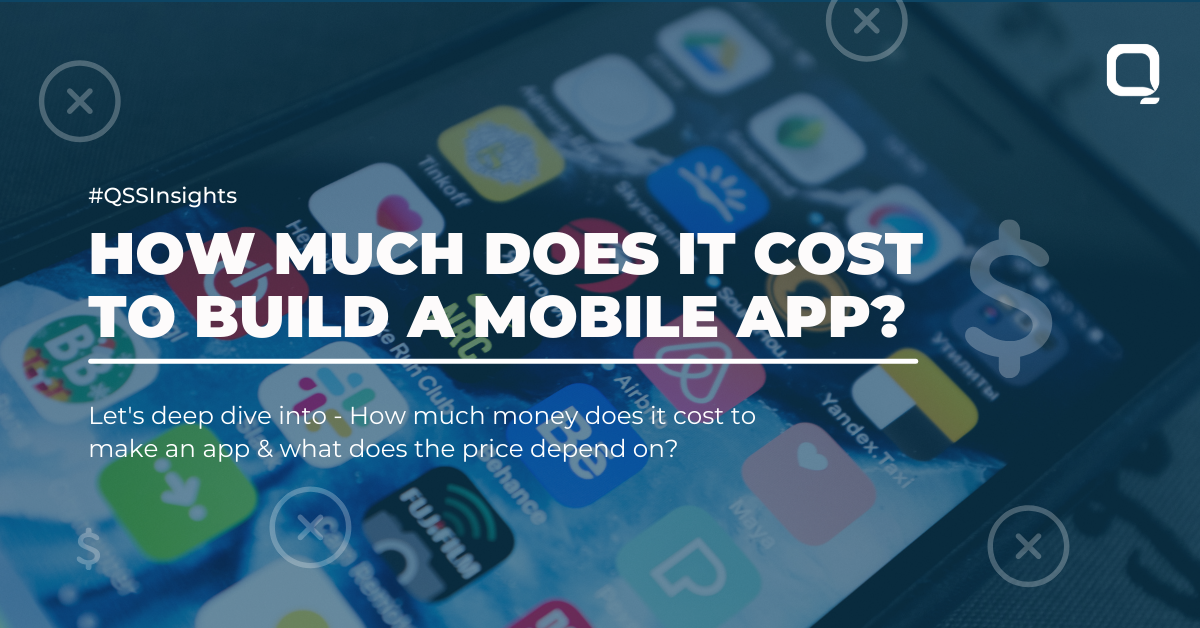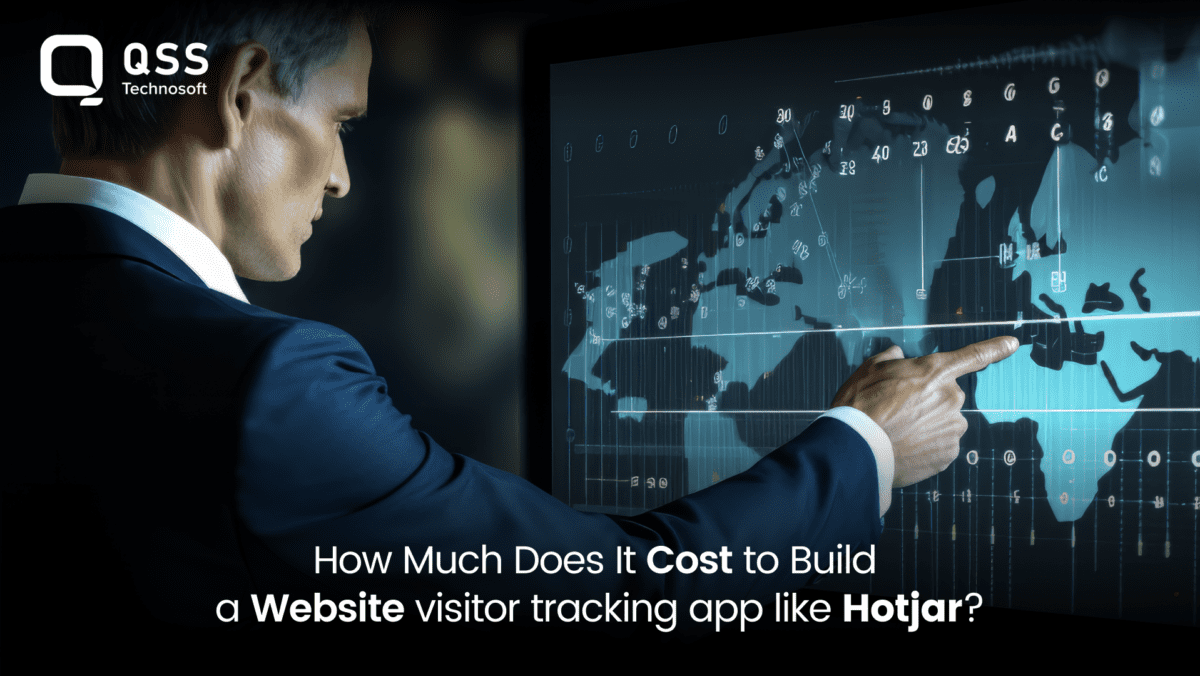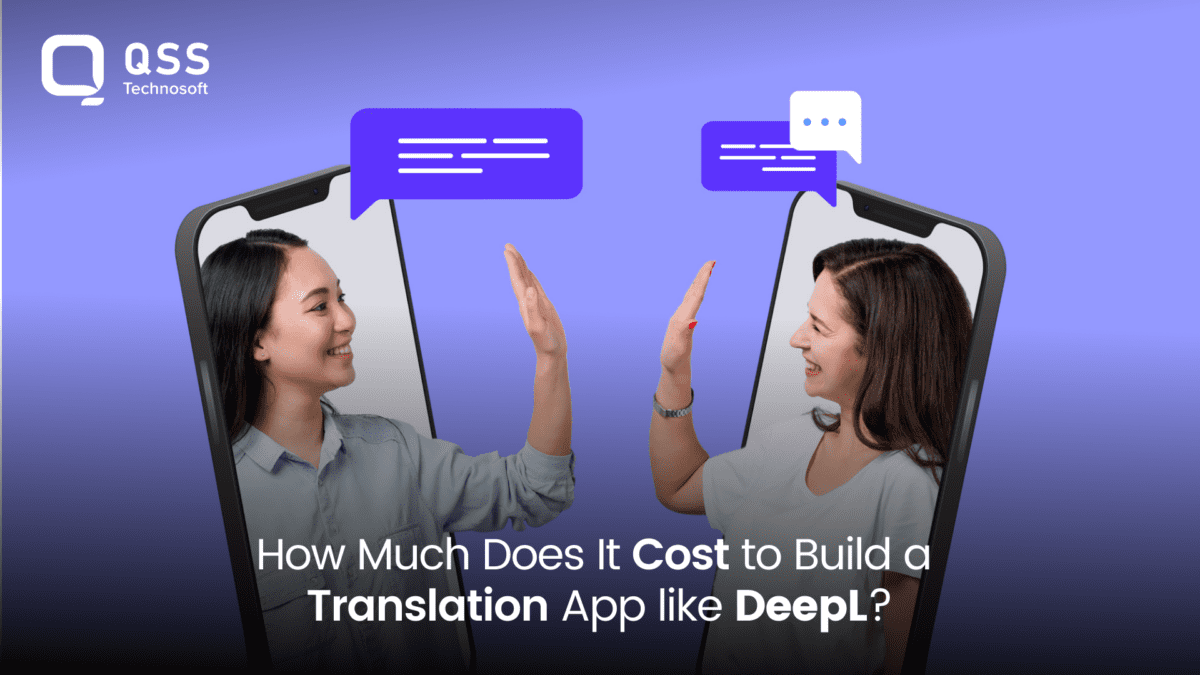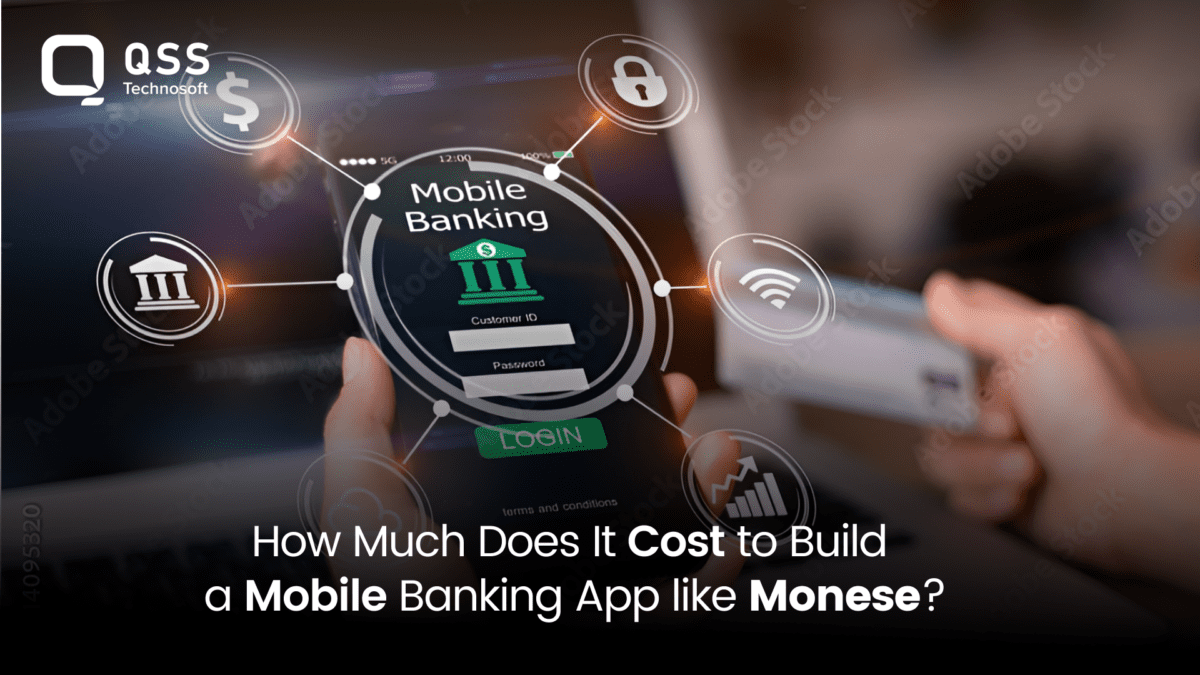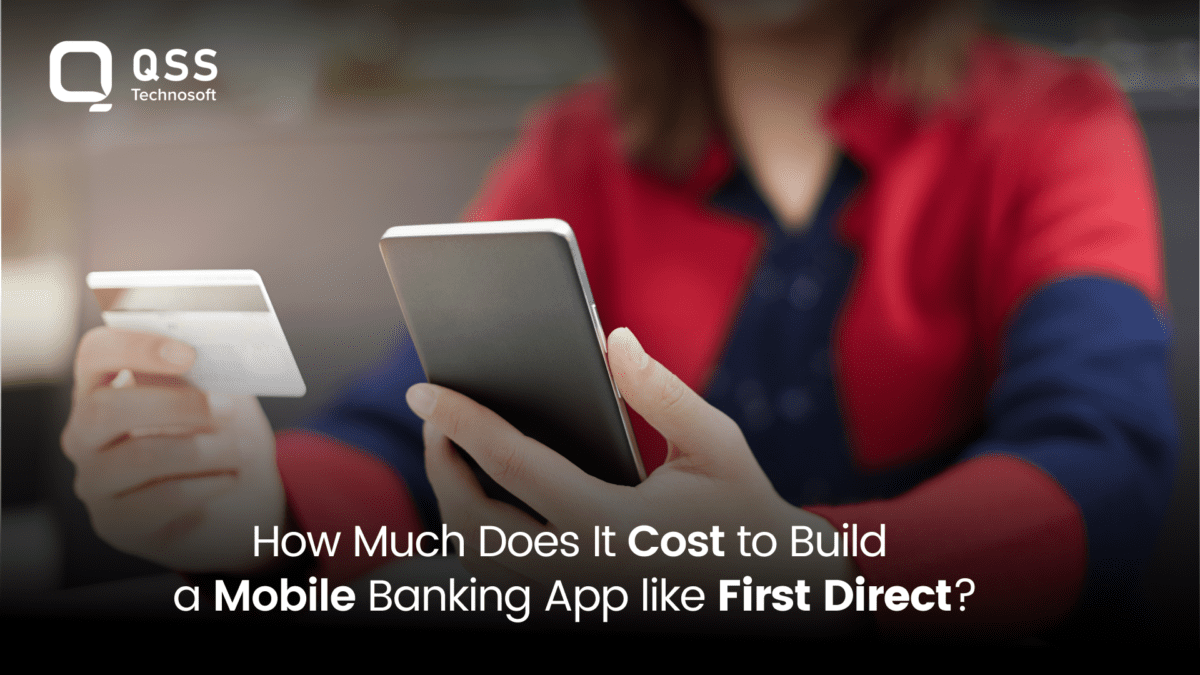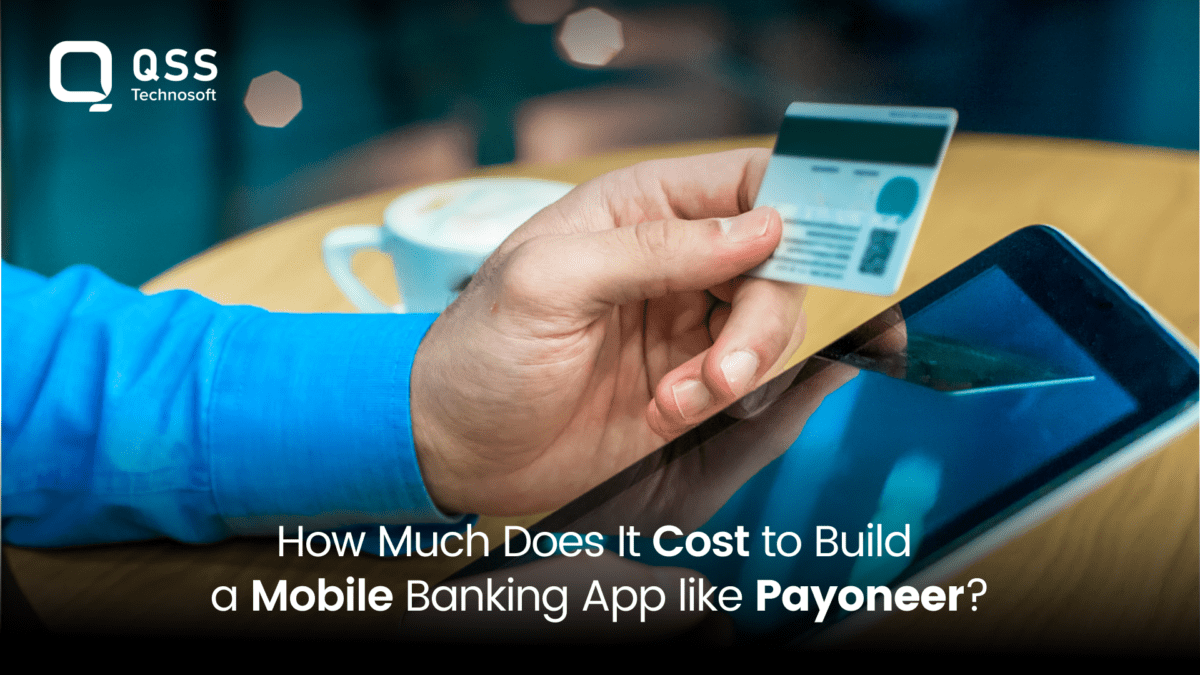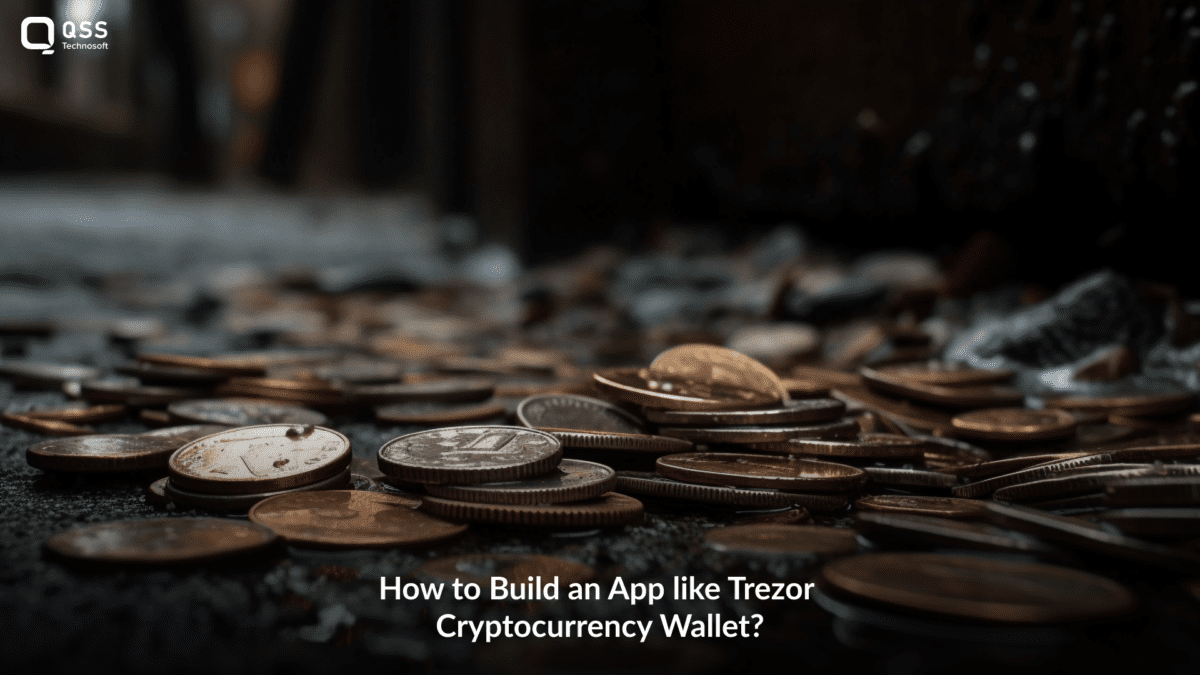SKIP TO:
01.Factors to Determine the App Development Cost.
02.Step-by-Step Mobile App Development Process to Get Started
03.Breakdown of the Feature-Based App Development Cost.
04.Calculating the Final Mobile App Development Cost.
05.Calculating the Overall Mobile App Development Cost.
06.App Development Cost By Regions.
07.Estimated Cost to Maintain an App After Launching.
08.Development Agency vs Freelancer – What to Hire?
09.Mobile App Development Cost of Famous Startups.
10.What does it cost to develop an app like Instagram?
11.What does it cost to develop an app like Tinder?
12.What does it cost to develop an app like FuelBuddy.
13.What does it cost to develop an app like Tiktok?
14.Hidden Factors Affecting Mobile App Development Cost.
15.Typical Mobile App Development Rates charged by Developers.
16.Estimated Time Taken to Develop a Mobile App.
17.Ways to Monetize Your Business Mobile App.
19.How Can QSS Help You With Mobile App Development Cost Estimation?
With the rising use of smartphones and mobile apps in the world today, businesses are increasingly looking to make use of this growth-oriented platform. Mobile apps are seen growing at a faster pace so is the information regarding app development costs.
According to Statista. In 2021, the number of mobile users worldwide stood at 7.1 billion, with forecasts suggesting this is likely to rise to 7.26 billion by 2022. In 2025, the number of mobile users worldwide is projected to reach 7.49 billion.
It is worth noticing that not every mobile app is successful in the market. Wondering why?
A business app requires in-depth research, an attractive layout & design with scalable features in order to become a big hit in the market. The average cost to build an app thus depends on the features of the app, resources, and the hourly rate of the app developers.
Most Mobile app developers charge on an hourly basis. The pricing varies from region to region. Here we have listed the country-wise Mobile App Development costs:
- US and Canada– $50 to $200 Per Hour
- Australia– $50 to $150 Per Hour
- Western Europe And The UK– $50 To $160 Per Hour
- Eastern Europe– $35 To $150 Per Hour
- India– $10 to $80 Per Hour
This post enlists what it takes to build a successful mobile app, what features are included, and the overall cost estimation for the same.
Step-by-Step Mobile App Development Process to Get Started
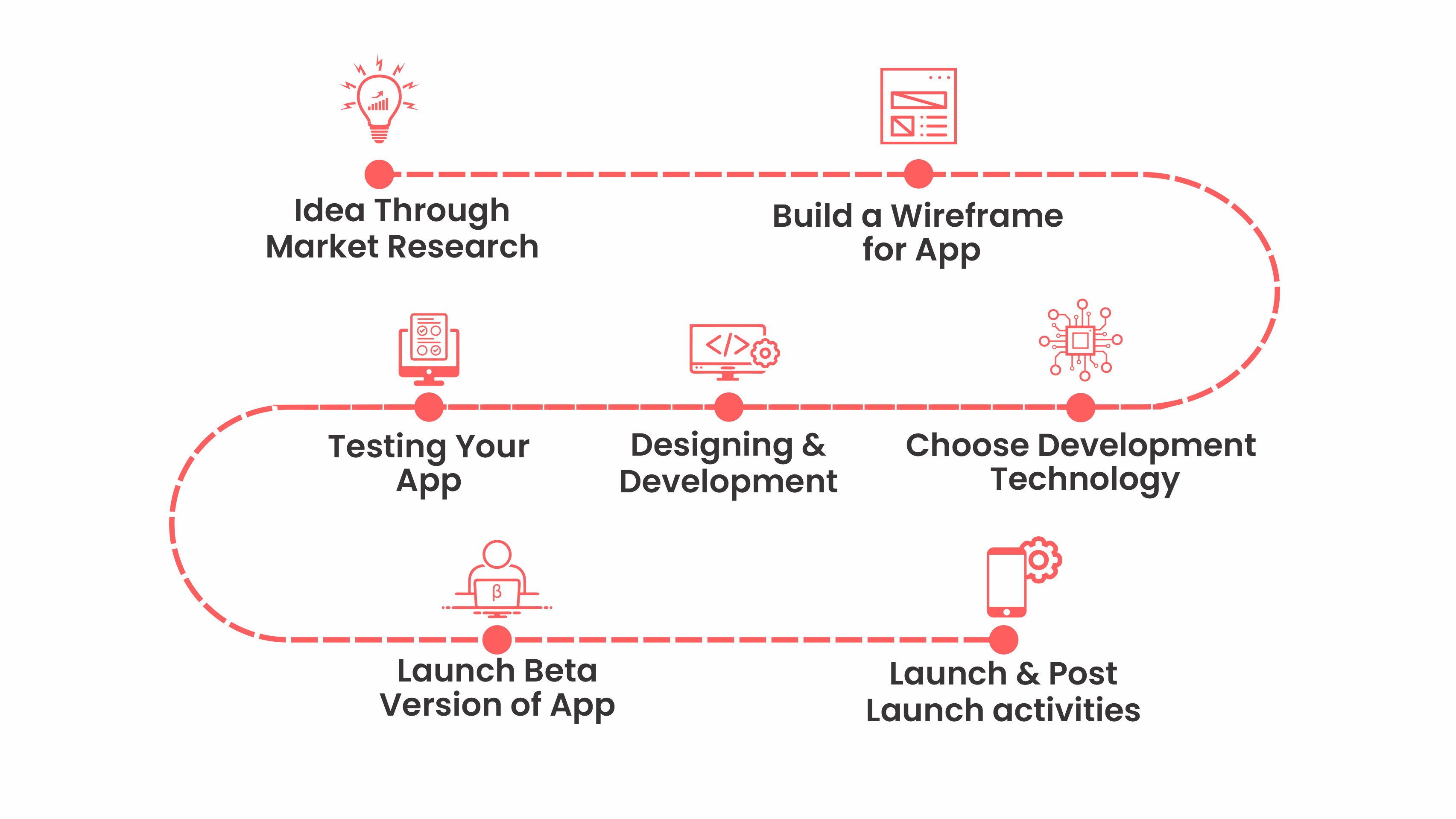
The mobile app development process can be daunting, but we’re here to help. Let’s go through the step-by-step process of developing a mobile app, from start to finish. By the end, you’ll have a better understanding of what goes into creating an app and be one step closer to making your vision a reality.
Step 1: Confirming the Idea through Market Research
Once you have an idea for a mobile app, it’s important to confirm that the idea is feasible and that there is a demand for the app. This can be done by conducting market research. This will help you understand the needs and wants of your target market, and determine whether or not there’s a demand for your app.
There are a few ways to go about conducting market research for your mobile app-
1. Do some online research
The first step is to do some online research to get an idea of the competition and what kinds of apps are already out there. Use Google and other search engines to look for similar apps, and take note of what features they offer and how they’re marketed. You can also check out review sites like App Store Review to see what users are saying about similar apps.
2. Identify your target market
Once you have a good understanding of the overall market, it’s time to start thinking about who your specific target market is. Who will be using your app? What needs or wants do they have that your app could address? What age group are they in?
Once you’ve confirmed that there is a demand for your Angularjs application and that it is feasible, you can move on to the next step in the development process i.e. developing a prototype or wireframe of your app.
Step 2: Build a Wireframe for your App
Wireframing is the process of creating a visual guide for your app. It’s a way to map out the functionality and structure of your app before you start building it.
It is essentially a blueprint for your app that outlines the functionality and features you want to include. Creating a wireframe can help you visualize how your app will look and function, and can also be used to get feedback from potential users. If you’re not sure where to start, there are plenty of online resources and templates available to help you get started.
Your wireframe should include all of the key screens and flows in your app. For each screen, think about what information needs to be displayed and what actions users can take. Map out how users will navigate from one screen to another.
Once you have a basic wireframe completed, you can start adding more details like colors, images, and branding elements. But resist the temptation to get too detailed at this stage – remember, the goal is to keep it simple!
Step 3: Choose Development Technology
Now that you have a better understanding of what your Reactjs application will do and how it will look, it’s time to start thinking about which technology you’ll use to build it. There are 3 types of apps:
Native App:
A native app is a mobile application that is developed specifically for a particular mobile platform. Native apps are written in the native language of the platform, such as Objective-C or Swift for iOS apps, and Java for Android apps.
Native apps have several advantages over other types of mobile applications. They can take advantage of all the features of the platform, they can be more responsive and faster, and they can provide a better user experience.
Web App:
A web app is a mobile application that is accessed through a web browser. Web apps are usually developed using HTML, CSS, and JavaScript.
Web apps have several advantages over other types of mobile applications. They can be developed using standard web technologies, which makes them less expensive to develop. They can also be updated more quickly since there is no need to go through an app store approval process.
Cross-Platform App/ Hybrid App:
A cross-platform app, also known as a hybrid app, is a mobile application that is developed using a mix of native and web technologies.
Cross-platform apps have several advantages over other types of mobile applications. They can be less expensive to develop since they can reuse code across multiple platforms. They can also be updated more quickly since there is no need to go through an app store approval process.
Step 4: Designing & Development of App
This is the actual coding phase, where you (or your team of developers) turn the wireframes and mockups into working code. There are three development stages for any app-
Back-End/Server Technology:
The back-end or server side of an app is responsible for the functionality of the app as a whole. This includes everything from the database that stores all the app’s data, to the server that hosts the app, to the code that runs the app.
There are a variety of different programming languages that can be used for back-end development, each with its own strengths and weaknesses. The most popular languages for back-end development are Java, PHP, Python, and Ruby.
Choosing the right language for your project is important, as it will affect how scalable and maintainable your codebase is. For example, a Java backend is typically more robust and scalable than a PHP backend, but PHP is generally easier to learn and use than Java.
Application Programming Interface:
An application programming interface (API) is a set of rules and protocols that software programs can follow to communicate with each other. It acts as an intermediary between different software components and allows them to interact with each other.
API is a part of the software that enables two or more applications to communicate with each other. It acts as a bridge between the various software components and allows them to interact with each other. The API defines the methods, parameters, data formats, and behaviors that the various software components must follow in order to successfully communicate with each other.
Mobile App Front-End:
There are many different front-end development frameworks available for mobile app development, the most popular ones being React Native, Flutter, and Ionic.
- React Native is a JavaScript framework that allows you to create native-looking Android and iOS apps with a single codebase. It is one of the most popular frameworks, used by big companies like Facebook, Instagram, Airbnb, and Walmart.
- Flutter is a cross-platform framework created by Google. It allows you to create native-looking Android and iOS apps with a single codebase. Flutter is still in beta but it is already being used by big companies like Alibaba and Google Maps.
- Ionic is another popular cross-platform framework that allows you to create hybrid apps. Hybrid apps are apps that are built using web technologies (HTML, CSS, and JavaScript) but they run inside a native container like Cordova or PhoneGap. Ionic is used by companies like McDonald’s and Sworkit.
Step 5: Testing Your App
Assuming you have followed all the steps in the Development of an App guide, you are now ready to test your app. This is an important step in the process, as it allows you to identify any errors or bugs in your code.
There are a few different ways to test your app:
1. Manual testing: This is where you manually test each individual component of your app to ensure it is working as intended. This can be time-consuming, but it is a thorough way to test your app.
2. Automated testing: This is where you use software tools to automate the testing process. This can save you time, but it is important to make sure that the tool you are using is reliable and covers all aspects of your app.
3. Beta testing: This is where you release your app to a small group of users for them to test. This can give you real-world feedback on how your app works and identify any issues that need to be addressed.
4. User acceptance testing: This is where you provide your app to users for them to use in their everyday lives. This allows you to see how well your app works in a real-world setting and make any necessary changes before releasing it publicly.
No matter which method (or combination of methods) you choose, testing your app is an essential part of the development process.
Popular Mobile Application Testing Tools
- To manage functionality testing: Selendroid, Appium, Robotium, Ranorex.
- For the purpose of usability testing: User Zoom, Reflector, Loop.
- For app interface testing: FitNesse, Jubula, iMacros, LoadUI, Coded UI.
- For compatibility testing: BrowserStack, Browsera, CrossBrowserTesting, Litmus, Ghostlab, Rational ClearCase.
- For performance testing: NeoLoad, Apteligent, New Relic.
- For security testing: Retina CS Community, OWASP Zed Attack Proxy, Veracode, Google Nogotofail, and SQL Map.
Step 6: Launch a beta version of your App
Assuming you have already built your app, launching a beta version is relatively simple and only requires a few steps.
1. Create a Landing Page- First, you will need to create a landing page for your beta app that includes a sign-up form. This landing page will be the first thing potential beta testers see, so make sure it is clear and concise.
2. Promote It – Once you have created your landing page, you will need to promote it. The best way to do this is through social media and online forums related to your app’s topic. You can also reach out to personal contacts who might be interested in testing your app.
3. Launch the Beta Version of App- When you have collected enough sign-ups, it’s time to launch your beta app! Send out an email to all of your testers with instructions on how to download and use the app. Make sure to include any login information or other important details.
4. Collect Feedback- After your beta launch, it’s important to collect feedback from your testers. You can do this through surveys, interviews, or simply by monitoring user behavior within the app itself. Use this feedback to improve the final version of your app before releasing it to the general public.
How Can You Submit Your App In The App Store And Google Play Store?
App store submission is the process of making your app available on app stores like Google Play Store and Apple App Store. The main aim of submitting your app is to get more downloads and make money.
To submit your app, you need to create an account on the respective app store. Once you have registered, sign in and go to the developer section. In the developer section, you will find all the resources and guidelines that are required to submit your app.
Once you have read all the guidelines, the next step is to create a listing for your app. This listing will include all the details about your app like name, description, screenshots, etc. After you have created the listing, submit it for review.
The review process can take a few days or even weeks. Once your app is approved, it will be available for download on the respective app store.
Step 7: Launch & Post Launch activities
After your app is launched, there are a number of post-launch activities you can undertake to ensure its success. Here are a few:
1. Monitor app usage and user feedback. This will help you identify any areas where users are struggling and make necessary improvements.
2. Keep promoting your app. Even after launch, you need to continue getting the word out there about your app. Use social media, paid advertising, and other marketing channels to keep people aware of your app.
3. Update your app regularly. Users expect apps to be constantly improving, so regular updates are essential. Add new features and bug fixes on a regular basis to keep people coming back for more.
4. Offer customer support. If users have questions or run into problems using your app, be there to help them out. Offer customer support through email, live chat, or phone so that people know you’re always available to help.
Factors to Determine the App Development Cost
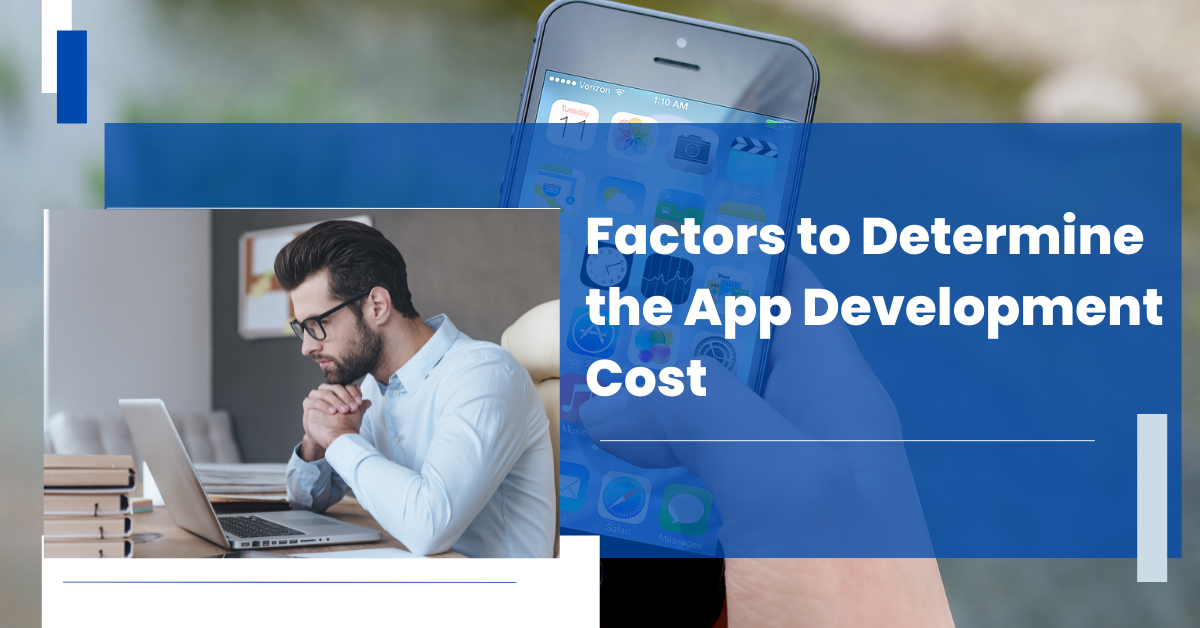
Getting a price estimation of the app development is a daunting task. No one can actually give you an exact estimate of the costs without understanding the offerings/functionalities of your business app.
The cost depends on various factors like app features, mobile app design, app complexity, location of the app development team, and more.
Want to know more, continue reading to get an idea:
Type of App
There are various types of apps based on your business domain. Some of the popular app types include eCommerce apps, on demand apps, gaming apps, Fintech Apps, etc. Some of these app types may have similar features, but they all have different approaches to building.
Mobile App Functionality
The cost to build a mobile app depends mainly on the functionalities you will offer your end-users. Every app type you are seeking to develop would have different functionalities.
Choosing the Platforms/OS
The second most important factor to consider is the platforms and operating system you are looking for your app to launch on.
Mobile App Platform/Category
The cost of creating an app also depends on your application type and category. Generally, there are three types of mobile apps.
- Web App- more of a website crafted for smartphone users.
- Native Mobile Apps- developed specifically for a particular OS- either Android or iOS. These are generally preferred for a great user experience.
- Hybrid Apps- designed to work on both iOS and Android platforms. They are easy to develop, yet lack in offering a great user experience.
Third-Party Integration
Any third-party integrations can also affect the overall cost of making an app.
Use of Technology
Using technologies like NFC Technology, GPS Navigation, Motion sensors, and AR Technology in your app would considerably affect the cost of your app.
The complexity of the App
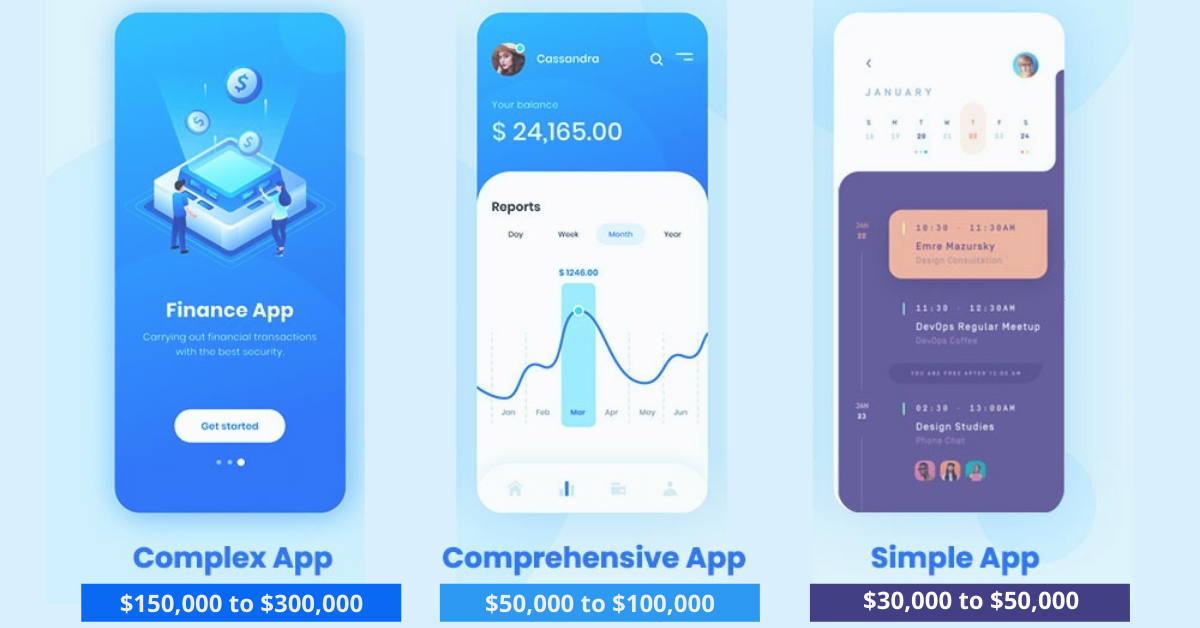
Depending on the complexity of the app development, your overall cost would differ. Assume a developer charges 30$ per hour then the average cost will be:
- Simple App Development Cost – $30,000 to $50,000
- Average App Development Cost – $50,000 to $100,000
- Complex App Development Cost – from $150,000
Hosting of App
Hosting is the place where your mobile app’s photos, videos, audio, media, or texts are stored. Some popular hosting server companies are AWS, Microsoft Azure, and Google Cloud. Most of them generally charge between 50$ to 350$ per month.
Maintenance of App
After launching your mobile app, App maintenance is one of the most important factors to consider. Timely updates of features/functionalities need to be added to your app so it stays competitive. This mobile app maintenance cost would also affect the final cost of the app.
Breakdown of the Feature-Based App Development Cost
Incorporating basic & complex features plays an important role in deciding the overall cost to build a mobile app. The more complex features, the higher cost the app development would incur.
Feature-Based Apps
For any app development, the addition of basic features is a priority. The basic app should have features like-
- Search option- So to easily allow users to find what they are looking for in your app.
- User profiles– Each user has an individual profile that mentions all purchase history/wishlist items or their payment/address details.
- Geolocation– This is required to track the location of your user.
- Payment options- Multiple payment options would offer ease to your users and they can choose any one of them to make the transaction process hassle-free.
- Newsfeed- This will keep your audience up to date about the latest happenings.
- In-app notifications- Push notifications to keep reminding your customers of the offers, discounts, or upcoming sales.
Examples of such apps (Simple): eCommerce, fitness trackers, podcasts, news, book reading, etc.
Calculating the Final Mobile App Development Cost
Consider this formula for finding out the cost of making a mobile app–
App development pricing= Number Of Man Hours X Hourly Rate
OR
(Features*Time) X Hourly Rate = Mobile App Development Cost
Note: The cost may vary depending on the mobile app development company or development team you hire. The final cost thus may change later.
The final app development price estimation can now be done considering the following services:
- Overall UI/UX Design
- The complexity of the app
- iOS and Android native app development
- Project management
- Quality assurance & testing
And for this, you’ll need resources:
- Team Manager/Project Manager
- UI/UX designer
- 3 – 4 developers for each platform
- Quality Assurance Engineer
- 2–3 backend developers
Keeping in the requirements above, the overall average cost to build an app depends on your service provider’s hourly rates, which may go from as low as $15 per hour to as high as $200 per hour.
| PROCESS | BASIC FEATURES | MEDIUM COMPLEXITY | COMPLEX APP |
|---|---|---|---|
| Project Management | $10,000+ | $12,000+ | $15,000+ |
| Code Management | $30,000+ | $70,000+ | $110,000+ |
| UX Desing | $5,000+ | $7,000+ | $12,000+ |
| Quality Assurance | $5,000+ | $8,000+ | $14,000+ |
| Total | $50,000+ | $97,000+ | $151,000+ |
App Development Cost By Regions
Most Mobile app developers charge on an hourly basis. The pricing varies from region to region. Here we have listed the country wise Mobile App Development costs for the simple, medium level to complex level apps:
- US – $20K to $45K for simple app development, up to $90K for medium-level apps, and more than $90K for complex-level apps.
- Australia – $35K to $80K, $90K to $160K, and $150K+ for simple, medium & complex apps respectively.
- India – Most Indian developers charge $10 for simple apps, up to $25K for medium-level apps, and $20K+ for complex apps.
| COUNTRY | BASIC FEATURES | MEDIUM COMPLEXITY | COMPLEX APP |
|---|---|---|---|
| USA | $20K-$45K | $51K-$90K | $90K+ |
| UK | $25K-$50K | $35K-$80K | $90K+ |
| India | $5K-$12K | $12.5K-$25K | $20K+ |
| Canada | $35K-$80K | $90K-$150K | $150K+ |
| Ukraine | $15K-$30K | $30K-50K | $52K+ |
| Australia | $35K-$80K | $90K-$160K | $150K+ |
Maintain an Estimated App Development Cost After Launched
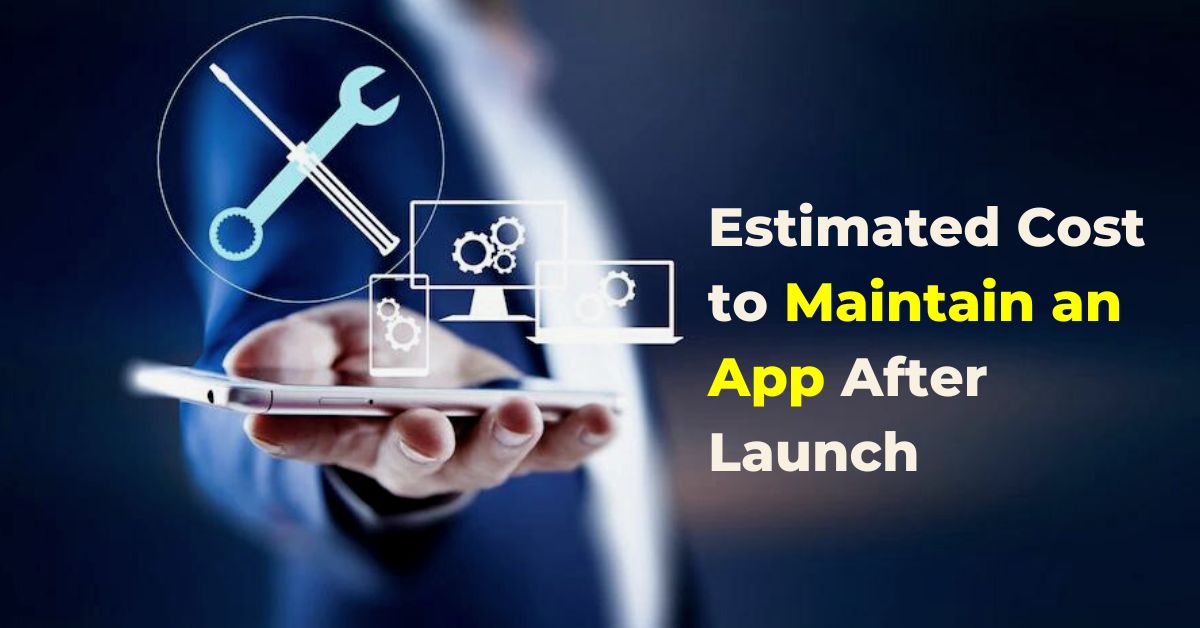
As any business knows, the cost of app development can be significant. After an app is launched there are also ongoing costs associated with maintaining and updating.
- The platform: The cost of developing an app for multiple platforms (iOS, Android, Windows Phone) will be higher than developing for just one platform.
- The location: The cost of app development can vary depending on the location of the development team. Teams in countries with a lower cost of living will be less expensive than teams in countries with a higher cost of living.
- The duration: The longer it takes to develop an app, the more expensive it will be.
Once an app is launched, there are ongoing costs associated with maintaining and updating the app. These costs can include:
- Monitoring: It’s important to monitor the app for crashes and errors. This can be done with tools like Crashlytics or HockeyApp.
- Updates: As new versions of the operating system are released, the app will need to be updated to work with the new version. Additionally, new features may be added to the app over time.
Development Agency vs Freelancer – What to Hire?

- Access to Wide Expertise: When you hire a development agency, you get a team of professionals who are experts in their respective fields. This means that you will have access to a wide range of skills and knowledge, which can be used to develop your app more effectively.
- Highly Competitive Rates: Finally, a development agency will also be able to offer you a more competitive price than a freelancer. This is because they will be able to leverage their resources and expertise to get the best possible deal for your project.
Disadvantages of Hiring Freelancers for App Development
There are several disadvantages to hiring freelancers for app development.
- Quality Lacks: One of the most significant disadvantages is that you may not be able to get the same high-quality work as you would from a professional app development company.
- Risks Included: Additionally, working with a freelancer can be riskier because they may not have the same level of experience or resources as a professional company. This can lead to delays in the project or even a complete failure to deliver the project on time.
Mobile App Development Cost of Famous Startups
With the advent of technology, it has become easier than ever for people to turn their ideas into reality. However, one of the biggest hurdles that startups face is funding. A lot of times, investors are not willing to take a chance on a new business unless they see potential in it. This is where mobile apps come in. A well-developed and designed mobile app can be the difference between a successful startup and one that fails. Below, we are discussing the mobile app development cost of famous startups. We will also be giving a brief overview of how much it would cost to develop an app like theirs.
How Much Does it Cost to Develop an App like Instagram?
The cost to develop an app like Instagram depends on a number of factors, including the size and complexity of the app, the experience of the development team, and the platform on which the app will be built. A rough estimate for the cost to develop an Instagram-like app on Android or iOS would be between $30,000 and $70,000. The estimated time for the development of such a kind social media app is 4 to 6 months.
Features of Instagram

Instagram App Development Cost Breakdown
To develop an app like Instagram, you’ll need to consider the following costs:
Design and development: This is the largest expense when it comes to creating an app like Instagram. You’ll need to hire a team of designers and developers to create the initial concept and design for your app, as well as code the various features and functions you want to include.
Testing and QA: Once your app is built, you’ll need to test it thoroughly to ensure there are no bugs or glitches. This process can be expensive, especially if you hire outside help to do it.
Marketing: You’ll need to market your app in order to attract users. This can be done through online ads, PR campaigns, or by offering discounts and incentives. The cost of marketing will vary depending on how much effort you put into it.
How Much Does it Cost to Develop an App like Tinder?
The cost of developing an app like Tinder varies depending on the features and functionality you want to include. A basic app with limited features could cost as little as $20,000, while a more complex app with more features could cost upwards of $50,000.
Features of Dating-like App Tinder
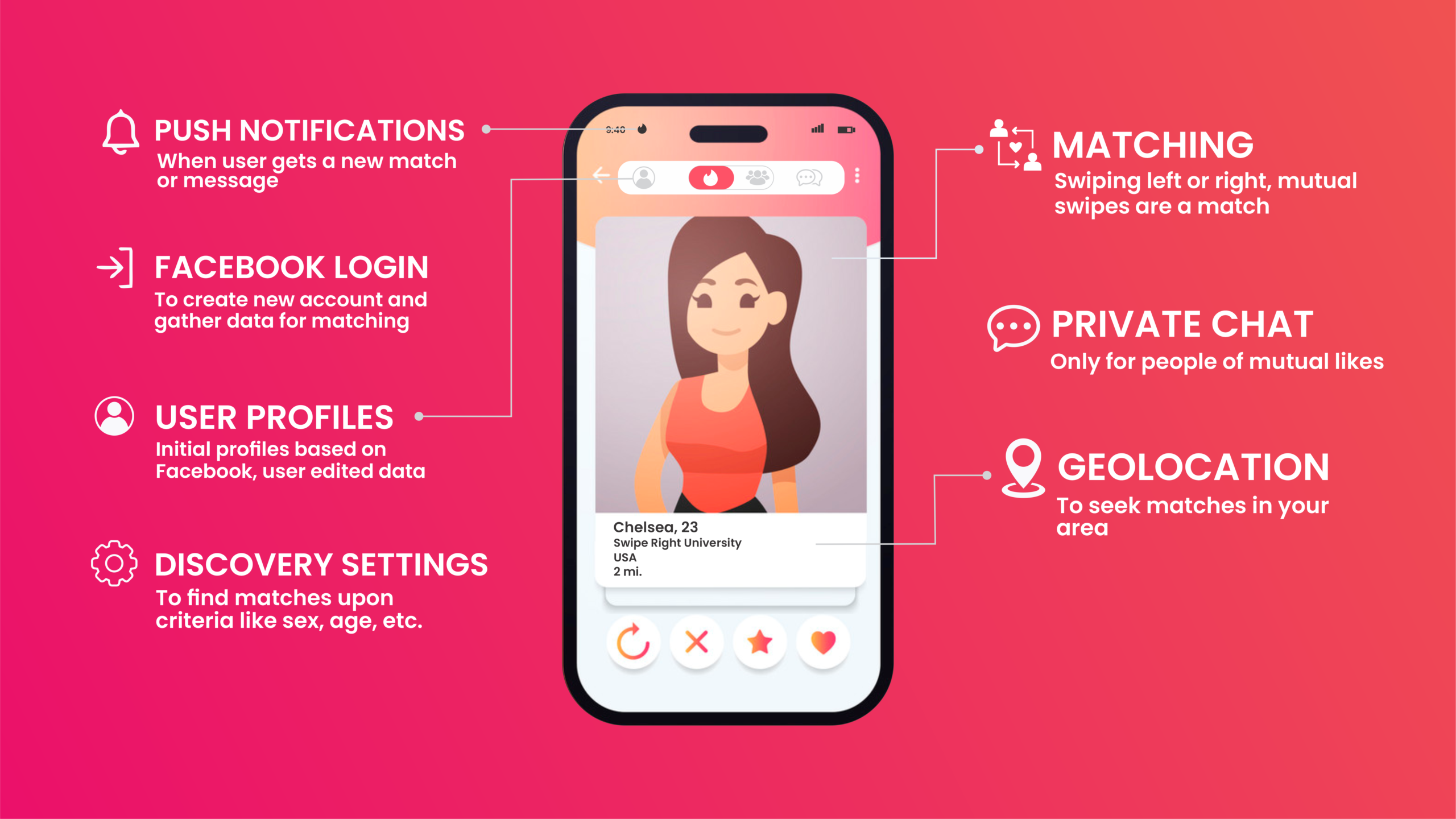
Tinder App Development Cost Breakdown
Some important factors that will affect the cost of developing a dating app like Tinder include:
- The features you include in your app: The more features you include, the more time it will take to develop your app and the higher your costs will be.
- The complexity of your app: A more complex app will take longer to develop and will be more expensive.
- The number of platform versions you support: Developing for multiple platforms (iOS, Android, etc.) will increase your costs.
- The number of devices you support: Developing multiple devices (phones, tablets, etc.) will also increase your costs.
- The size of your team: A larger team will be able to develop your app faster and may be able to offer discounts for volume work.
- The location of your team: Development costs can vary significantly depending on where your team is located.
- The experience of your team: A more experienced team will be able to develop your app faster and may be able to offer discounts for volume work.
How Much Does it Cost to Develop an App Like FuelBuddy
FuelBuddy is a gas station locator app that allows users to find the nearest gas station, see prices, and compare them with other stations.
The cost of developing an app like FuelBuddy depends on a number of factors, including the platform you choose to develop for (iOS, Android, or both), the features you want to include, and the level of customization you need.
Basic apps for one platform can start as low as $15,000, while more complex apps with multiple features and platforms can cost upwards of $90,000.
Features of the FuelBuddy App
There are 3 panels in a FuelBuddy App:
- Customer Panel: Easy Onboarding, Enable location, Select Fuel Type with price, Flexible Online payment, Real-time tracking, Order History, Reviews & Ratings
- Delivery Person Panel: Active Status, Dashboard, payment, digital signature, Help & support
- Admin Panel: Dashboard, Fur; Tankers, Feature Management, Push Notifications
FuelBuddy App Development Costing
Here are the deciding factors of app development and its relative cost:
- Fuel Delivery App platform: Among two major platforms- Android and iOS, you can choose the app platform depending on your targeted customers.
- Size of Fuel Delivery App: More features contribute to the overall size of your app. The more complicated and feature-rich your app is, the higher the development cost of the on-demand fuel delivery app will be.
- Fuel Delivery App Design: The app design is a major element of any app. One needs to spend high on user interface just to grab users’ attention. When it comes to the fuel delivery app design, it can also vary depending on the features you add to it.
- Fuel Delivery App Team: The app development team comprises Designers, Developers, and Project Managers & Testers. The cost of each individual depends on the expertise and experience they have in building such apps.
- Basic & Advance features of Fuel Delivery App: When building an app like FuelBuddy, you need to integrate basic features like user account, order, cart, tracking orders, etc. The addition of advanced features such as online payment, geolocation, booking summary, etc. would further increase the overall price.
Read an in-depth post on building a Fuel delivery App here: Guide to Building a Successful On-demand Fuel delivery App.
How Much Does it Cost to Develop an App like Tiktok?
This app is the most sensational app of the year 2021-22 and was the Most Downloaded App in the first month of 2022 surpassing even Whatsapp, Facebook, and Youtube.
The sky is the limit when it comes to app development costs, so it really depends on your specific needs and wants.
The cost to develop an app like Tiktok can vary depending on the features and functionality you want to include. However, a basic app with limited features and functionality can cost as little as $30,000 to develop. A more complex app with multiple features could cost upwards of $60,000.
Core Features of the Tiktok App

Steps To Develop TikTok Like App
- Step 1: The first step is to determine the target audience. This will help you decide what content to include in the app and how to market it.
- Step 2: Next, you need to come up with a unique selling proposition. What will make your app stand out from the competition?
- Step 3: Once you have a clear vision for your app, it’s time to start planning the development process. This includes everything from designing the user interface to coding the back-end functionality.
- Step 4: Last but not least, you need to promote your app and get it in front of as many potential users as possible. This can be done through traditional marketing channels such as online advertising or PR, or by leveraging existing social media platforms such as TikTok itself.
Hidden Factors Affecting Mobile App Development Cost

When it comes to app development costs, there are a lot of other hidden factors that can unexpectedly increase the cost of your mobile app project. Let’s explore some of them:
1. Functional services:
The cost of developing a mobile app also depends on the number and types of functions that the app will have. More complex apps with more features will generally be more expensive to develop than simpler apps.
2. Backend infrastructure:
If your app requires a backend infrastructure (e.g. for storage, authentication, push notifications, etc.), this will add to the mobile app development cost.
3. Design:
The design of your app can also affect the development cost. If you need a custom design or want to include complex animations, this will add to the price.
4. Multiple platforms:
Developing for multiple platforms (e.g. iOS and Android) will generally be more expensive than developing for just one platform.
5. Content Development:
If you need help developing content for your app (e.g. videos, images, etc.), this will add to the cost.
6. Maintenance and support:
Once your app is launched, you will need to budget for ongoing maintenance and support costs.
7. Cost of Mid-Project Changes:
If you make changes to your app during the development process, this can impact the overall cost.
8. Marketing Costs:
Don’t forget to factor in the cost of marketing your app once it’s launched. This can include paid advertising, public relations, and other marketing efforts.
Typical Mobile App Development Rates charged by Developers

Typical rates charged by Android Mobile App Developers
The average hourly rate for an Android developer is between $40 and $100 per hour. However, there are a number of factors that can affect this rate, including the developer’s experience, location, and specific project requirements.
If you’re looking to get an accurate estimate for your Android app development project, it’s important to request quotes from multiple developers with different hourly rates. This will give you a better idea of what to expect to pay for your project.
Typical rates charged by iOS mobile app developers
When it comes to iOS app development, there are a lot of factors that can affect the cost. However, one of the most important factors is the hourly rate charged by the developer.
The typical hourly rate for an iOS mobile app developer ranges from $80 to $200. However, there are a lot of factors that can affect this rate, such as the experience of the developer and the location of the development team.
For example, if you’re looking to hire an experienced iOS developer in North America, you can expect to pay around $200 per hour. However, if you’re looking to hire a less experienced developer in Asia, you may only have to pay $50 to $75 per hour.
Of course, these are just general guidelines and your actual costs will vary depending on your specific project requirements. But hopefully, this gives you a better idea of what to expect when budgeting for your next iOS app development project.
Typical rates charged by React Native mobile app developers
There is no one-size-fits-all answer to the question of how much it will cost to develop a mobile app using React Native. However, there are some general trends in terms of the hourly rates charged by React Native developers.
According to a survey of over 200 mobile app development firms, the median hourly rate for React Native development is $85 per hour. This means that 50% of firms surveyed charge less than $85 per hour, while the other 50% charge more.
However, the hourly rate is just one factor that can affect the total cost of developing a mobile app. Other important factors include the experience level of the React Native developer, the complexity of the project, and whether or not you need to hire additional developers with complementary skill sets (such as iOS or Android).
Typical rates charged by Xamarin mobile app developers
The average cost to develop a mobile app with Xamarin is $100 per hour. However, the price can vary depending on the complexity of the project and the experience of the developer. For example, a basic app with limited functionality may only cost $50 per hour to develop, while a more complex app with multiple features may cost $100 or more per hour.
Estimated Time Taken to Develop a Mobile App
The development time for a mobile app can vary depending on the complexity of the app and the experience of the development team. A simple app can take as little as two weeks to develop, while a more complex app can take several months. The average time to develop a mobile app is around four to six weeks.
Ways to Monetize your Business Mobile App
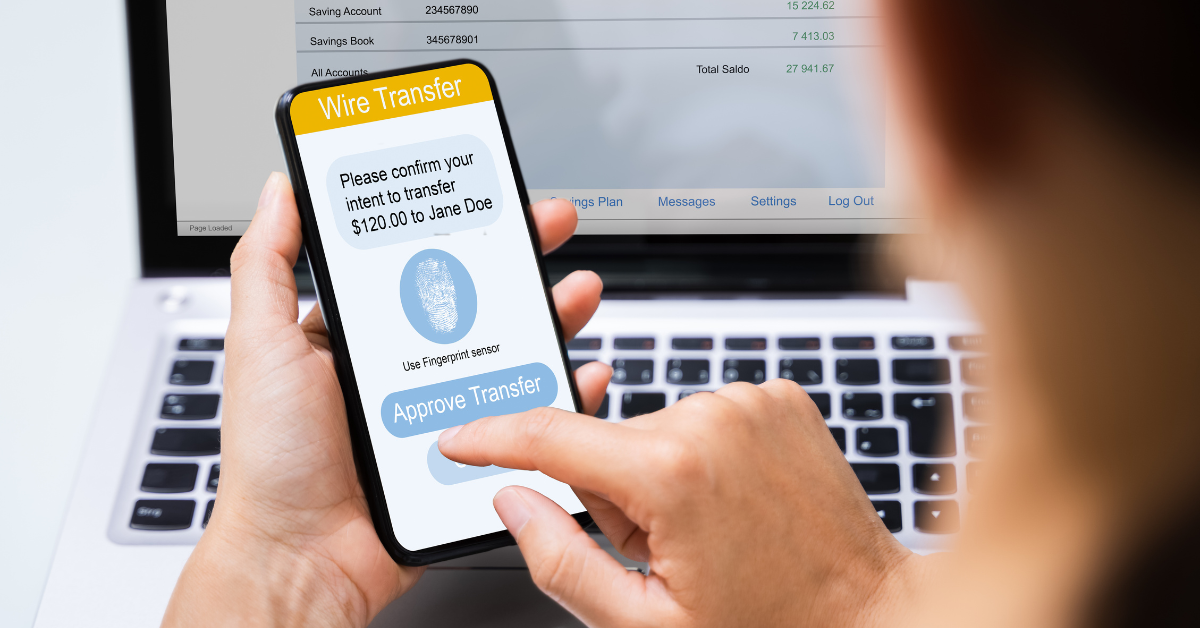
As a business owner, you are always looking for ways to monetize your products and services. The same goes for mobile apps. Monetizing an app can be a great way to generate revenue, but it is important to consider all options before settling on a monetization strategy. There are many ways to monetize your business mobile app, and the best way depends on your specific app and target market.
Include In-App Purchases
One way to monetize your app is to offer it for free and include in-app purchases. This is a great option if your app appeals to a wide audience and you want to give them a taste of what your app has to offer before they commit to paying for it.
Go for Upfront Fee
Another way to monetize your app is to charge an upfront fee. This is a good option if you have a niche audience that is willing to pay for quality content.
Go for Free/Premium Versions
When it comes to monetizing an app, there are two common approaches: free and premium versions. The free version is typically supported by ads, while the premium version is ad-free and usually offers additional features or content.
So, which approach is right for your app? It depends on a number of factors, including your target audience, the type of app you have, and your overall business goals.
If you’re not sure which approach to take, consider experimenting with both a free and premium version of your app. This will give you insights into which model is more popular with your users and more profitable for your business.
In-App Advertising
Finally, you can also choose to advertise within your app. This is a good option if you have a large number of users who are engaged with your app on a regular basis.
1. Display Ads: Display ads are the most common form of advertising on mobile apps. They come in various sizes and can be placed anywhere within the app. Display ads can be static or animated, and usually include a call to action (CTA) such as “learn more” or “download now.”
2. Video Ads: Video ads are another popular type of in-app advertising. They are often used to promote products or services and can be placed before, during, or after app content. Video ads can be skip-able or non-skip-able, and usually have a CTA at the end.
3. Native Ads: Native ads are ads that blend in with the app content. They are typically less obtrusive than other types of in-app advertising and can provide a better user experience. Native ads can be static or video, and usually include a CTA.
4. Sponsored Content: Sponsored content is a type of native ad that is specifically designed to promote a product or service. It is often placed within app content and can take the form of an article, video, or image.
Sponsors and Partnerships
Another option to consider for monetizing your app is sponsorships and partnerships.
There are a few different ways to go about securing sponsorships and partnerships for your app. First, you can reach out to companies that you think would be a good fit for your app and offer them the opportunity to sponsor your app in exchange for exposure. Another option is to work with an agency that specializes in connecting brands with apps.
No matter which option you choose, make sure that you measure the success of your monetization strategy so that you can adjust accordingly.
Conclusion
Summing up the above points, we can say that the final cost to build an app considering various factors & personal preferences, is somewhat between $20,000 and $100,000. The integration or addition of more features & functionalities will push the cost higher.
So, now that you are aware of the must-follow considerations for developing a mobile app, it’s time to hire mobile app developers who can deliver you the desired result.
We are proud to mention that our work has been recognized by leading B2B reviews and research platforms like GoodFirms, Clutch, MirrorView, and many more.
QSS Technosoft Inc is an expert web and mobile app development company consisting of a team of Android/iOS developers, UI/UX designers, graphic artists, and project managers who can deliver productive services for developing your innovative web or mobile apps. We have vast expertise in delivering scalable & eye catch-on-demand mobile apps based on multiple domains.
How Can QSS Help You With Mobile App Development Cost Estimation?

When it comes to mobile app development, one of the first questions many people have is: how much does it cost to build an app? The answer, of course, is that it depends. There are a number of factors that can impact the cost of developing a mobile app, from the platform you choose to the features and functionality you include.
At QSS Technosoft Inc, we believe that cost should never be a barrier to building the app of your dreams. That’s why we offer a free, no-obligation consultation to discuss your mobile app development needs and help you determine a budget that works for you. Our team has experience developing apps for a variety of budgets, so we can give you an accurate estimate of what it would cost to build your specific app.
If you’re interested in learning more about how we can help you with mobile app development cost estimation, please contact us today. We’ll be happy to answer any questions you have and get started on creating a personalized quote for your project.
Want to know more perks of offshoring than hiring your own team? Read the in-depth blog here- Here’s Why to Choose Offshoring over In-House Hiring.
